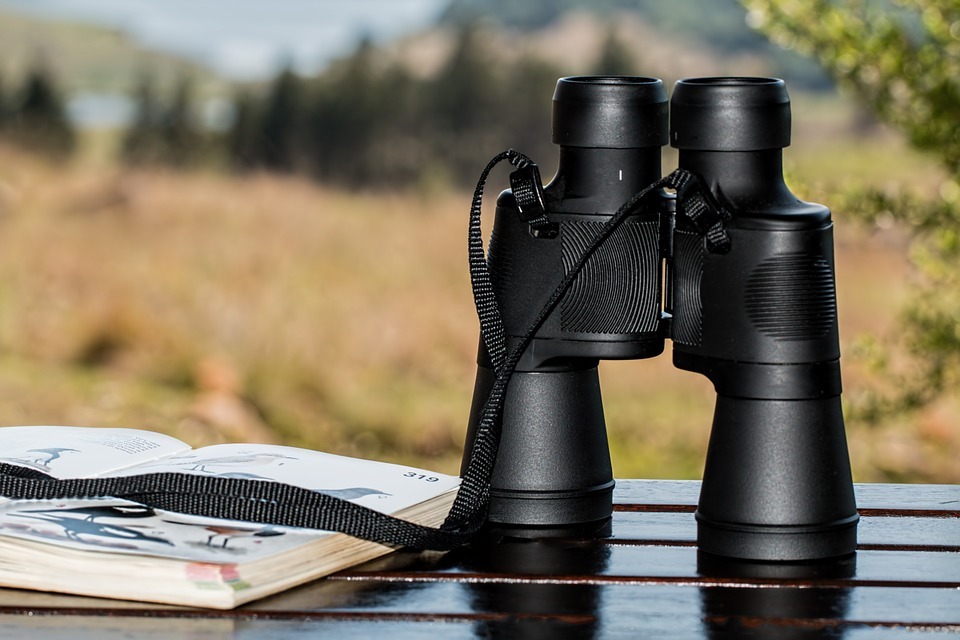First, you must love nature to grow your interest in birds that can later turn you into a bird watcher. Bird watchers find it more challenging to discover new bird species. For those in the US and Canada, it can seem overwhelming for beginners to familiarize themselves with more than 800 bird species. It can be hard to determine where to begin, but taking help from the best bird website that provides valuable tips about identifying birds can ease the process.
When you see a bird for the first time, before trying to unravel its mysteries, first recognize the group to which the bird belongs. You can do it by keeping a mental tally about the kinds of birds that show up at your place at some specific time of the year. Another way is to familiarize yourself with the appearance of the bird by considering the shape, size, color, and behavior that helps to classify it as a group.
In the next step, you can start looking for the field marks like specific details of plumage such as an eyering, a wingbar, etc., that define the group of birds’ identity. But to identify the groups or bird species in the right way, you can use the following tips that tell you the specific field marks to look for.
The four defining parameters
By having a quick look, bird watchers can identify the species by using their experience in identifying it based on four key parameters – size, the pattern of color, habitat, and behavior. Hone your bird identification skills based on these universal parameters by following some common bird species to understand how these parameters work together. The birds to look for are the Cedar Waxwing, Black-Capped Chickadee, and Chipping Sparrow.
Cedar Waxwing
The Cedar Waxwing is a sleek songbird with a plump body, swept-back crest, and a square-tipped tail. It has a silky gray-brown color, red and yellow accents on the tail and wings, and a yellow belly. The bird moves in large flocks catching insects over open water or eating berries, and it gives a high trilling call. You will find this species in parks, orchards, woodlands, and suburbs with a lot of trees.
Black-Capped Chickadee
This tiny bird has a plump body and a large head with a short bill and a narrow tail. It has white cheeks matching with black throat and a shiny black cap. The sides and wings have a Buffy color, and the back is a soft gray. This acrobatic and busy bird is often part of a flock of mixed-species while feeding. You will find this in your backyard, woodlots, forests, and shrubby areas.
Chipping Sparrow
The bird has a small and compact frame with a flat head and a long, notched tail. The color pattern is crisp and frosty gray-white below, a black line through the eye and a striking rufous cap. It feeds in open ground, often in flocks, and sings while perched high on evergreen trees. Normally found in forests, open woodlands, parks, yards, and roadside.

